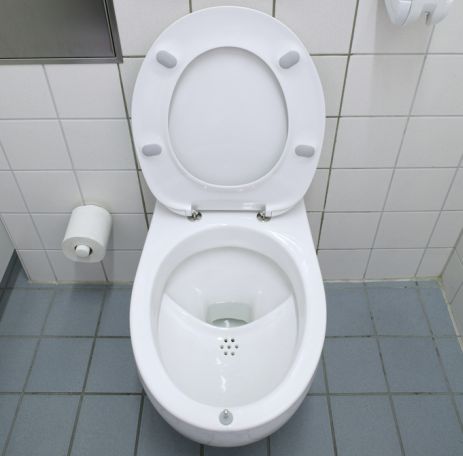Home Star: Creates jobs! Slashes energy use! Saves money!
All of that was said yesterday and more, during a hearing in the Senate Energy and Natural Resources Committee. The Congressional Research Service, the Department of Energy, and a collection of business, utility, and state advocates all testified yesterday along those lines.
Home Star is a $6 billion proposal that would create incentives for homeowners who choose to make their homes more efficient. Silver Star would offer rebates for individual measures like insulating your attic or installing an efficient new furnace (capped at $3,000 but always requiring at least a 50 percent match from homeowners), while Gold Star creates a performance path where the homeowner and their contractor figure out what measures to undertake, and the size of the incentive is determined by the percent improvement of the home’s efficiency. Gold Star incentives start at $3,000 for a 20 percent improvement and go up $1,000 for each additional 5 percent from there
From the hearing, it sounds like we all emphatically agree – it’s a great idea. We are big supporters of the program and a member of the Home Star Coalition. But the details matter.
And there are details upon details. Arguments about AFUEs, SHGCs, SEERs, and EERs and other esoteric concepts that most people don’t want to know about. But these nasty acronyms are crucial to making sure this program actually saves energy and creates jobs and doesn’t just sell a bunch of stuff with no long term benefit. In other words, we shouldn’t just spin our wheels.
Some of the issues came up during the hearing yesterday are crucially important.
Do we need an incentive for do-it-yourself insulation?
A tough call, since this wouldn’t create jobs in installation and the insulation, if not installed properly, may not save energy. But, as someone who likes to DIY whenever possible, I understand the appeal. I think we should be able to figure out some way to make sure the DIYers get the installation right and get the energy savings.
Should we lower all the efficiency requirements that equipment must meet to receive incentives in Silver Star to Energy Star?
NO – and I can’t say that emphatically enough. Just based on last years sales of Energy Star products, free ridership (folks who would have bought these units anyway) would suck $3 billion from the program budget and no additional energy would be saved. That’s almost 90 percent of the proposed Silver Star budget! These products will be purchased, incentive or no incentive. Bad idea.
The levels currently in the bill were negotiated with industry and advocacy groups at the table, and they thread the needle on maximum job creation and energy savings. We should leave them where they are. Cathy Zoi, DOE’s Assistant Secretary for Energy Efficiency and Renewable Energy, said as much in the hearing.
Should we relax the certification requirements for contractors?
I don’t think so. We need good contractors doing the work right to actually save on energy bills. And beyond that, there are safety implications of improper installations. Contractors who aren’t certified but really understand how to improve a home will have no problem getting certified. The extra business they will get as a result of this program will more than outweigh certification costs.
Should states with existing programs play by the same rules?
Everyone wants to see Home Star build on the great work that is happening in the states, largely as a result of the Recovery Act, but we also need to make sure we have consistent standards and quality assurance everywhere. Basically, you should be able to do the work, play by the rules, and get the money whether you are in Ketchikan, Alaska, or Miami, Florida.
These are all tricky issues, and we will see how the political process plays out. Home Star is tantalizingly close to being the performance-based program that will create jobs in the ailing construction industry and make American homes much more energy efficient that everyone wants to see. Home Star, in its current form, hits the bulls-eye on job creation and energy savings. It would successfully jumpstart the home retrofit industry and be the bridge to the efficiency programs that accompany comprehensive climate and energy legislation.
Of course, whole lot more work has to be done by Congress to make sure that the program mechanics are right and the work can start as soon as possible, and that is significant. Congress, President Obama, and the broad based Home Star Coalition have worked incredibly hard to get it this far and we will all keep pushing it forward towards the finish line.




